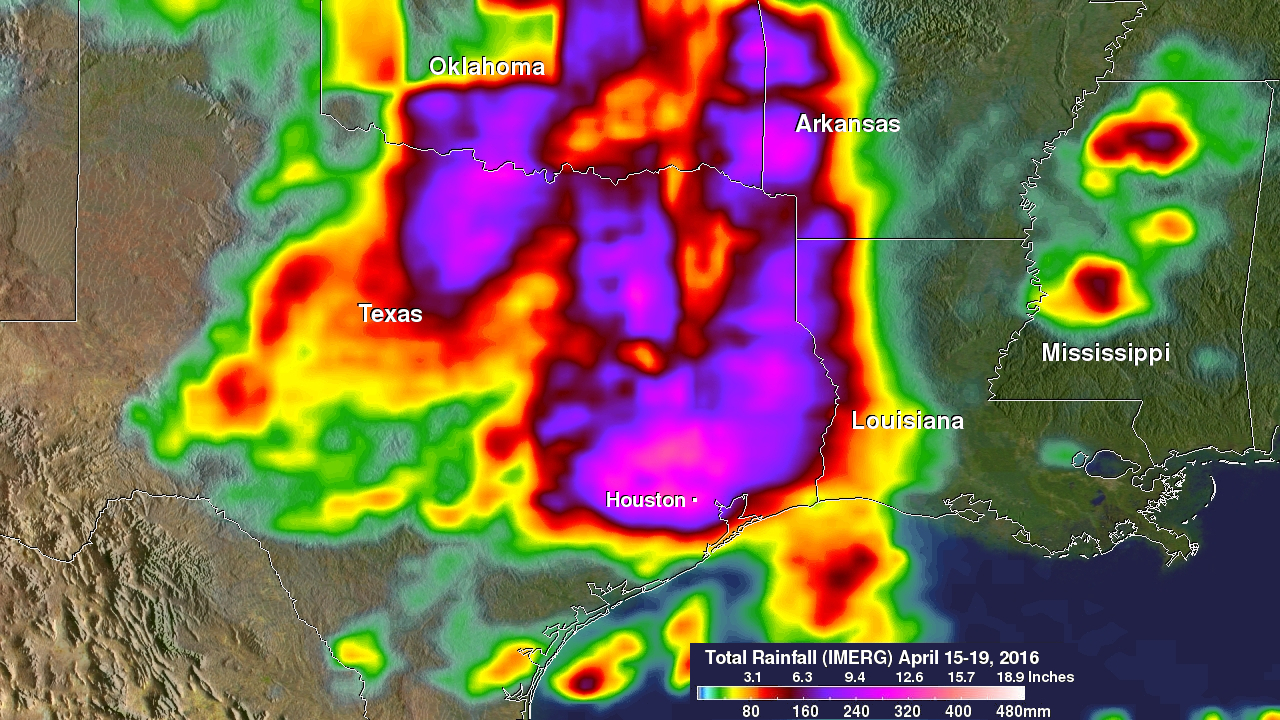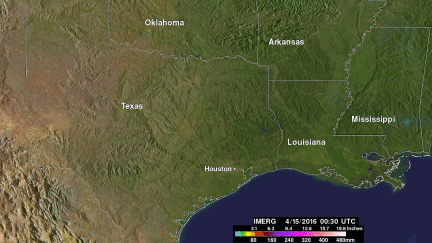Slow-moving Frontal System Brings Heavy Rains, Flooding to Parts of Texas
A slow-moving frontal system associated with a stagnant upper-air pattern set the stage for heavy rains and flooding early this week from East Texas all the way up through the Central and Northern Plains. The hardest hit region was in and around the Houston area. On Monday, the National Weather Service reported that Houston International Airport broke its all time daily rainfall record with 9.92 inches of rain. Elsewhere in Harris County, over 17 inches of rain was recorded as of Monday evening. The main culprit was a stationary upper-level low pressure center spinning over the Central Rockies that had become detached from the main jet stream, causing it to remain in place. At the surface, the corresponding north-south oriented frontal system, which extended from the Southern into the Northern Plains, pulled up stationary across Central Texas. The result was a steady flow of warm, moist unstable air being drawn up from the Gulf of Mexico northward across East Texas, which set the stage for and fueled numerous showers and thunderstorms across the region, including a massive thunderstorm complex that slowing moved across East Texas.
The Integrated Multi-satellitE Retrievals for GPM or IMERG is used to make estimates of precipitation from a combination of passive microwave sensors, including the GMI microwave sensor on board the GPM satellite, and geostationary IR (infrared) data. This image shows IMERG rainfall estimates for the period 00:00 UTC 15 April to 08:30 UTC 19 April 2016 for eastern Texas and the surrounding region. IMERG shows rainfall amounts of at least 6 to 12 inches (shown in dark red, purple and pink) covering most of East Texas, eastern Oklahoma and the far western portions of Arkansas and Louisiana. The highest totals are located north and west of Houston and are near 15 inches (shown in coral). So far 5 persons are reported to have died in the area as a result of the some of the worst flooding there since Tropical Storm Allison in 2001.



